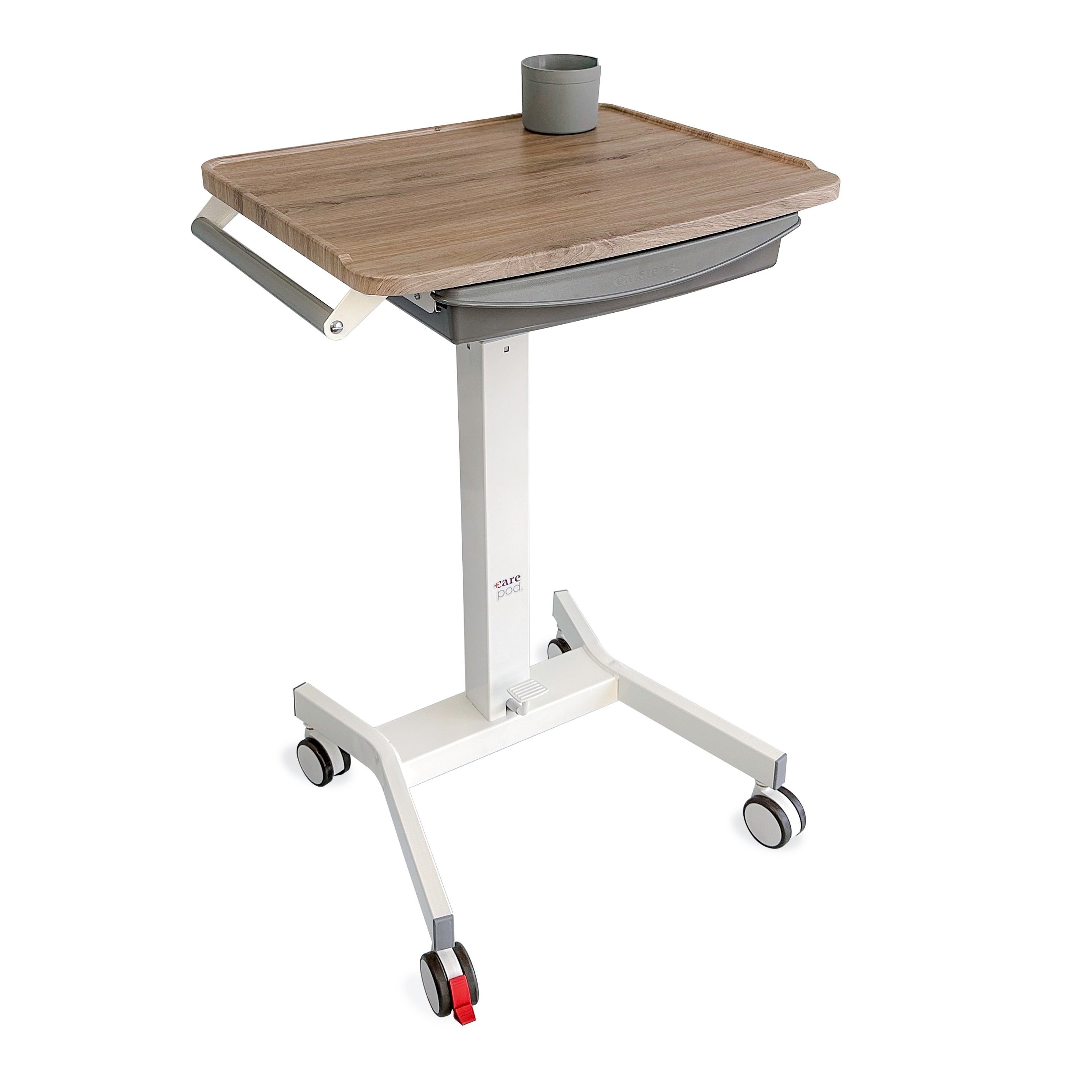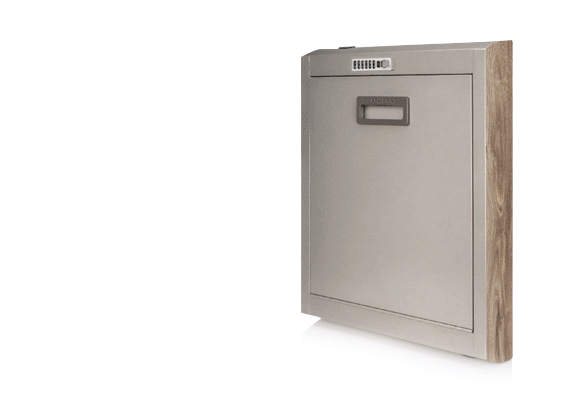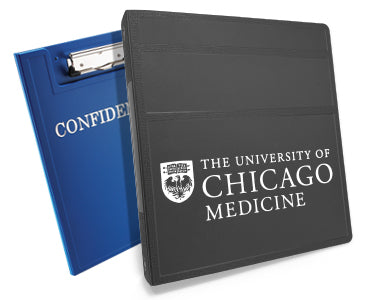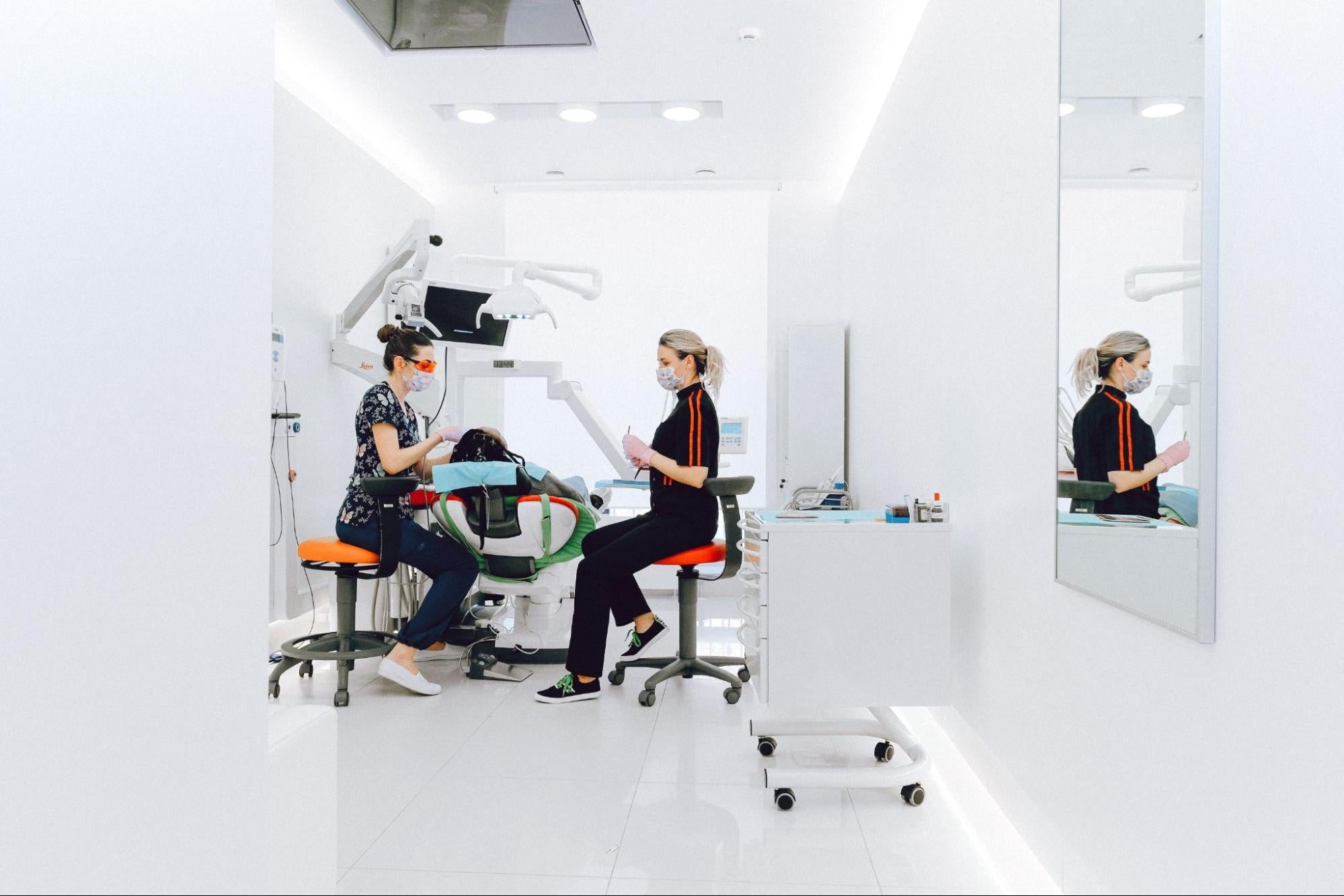Electronic healthcare records (EHR) has been widely adopted among most healthcare clinics. But that doesn’t mean that everyone is using them efficiently. Training, workflow management, and customizable templates are all steps you can take to make the most out of your EHR charting. Putting a little planning into your charting procedures can save your staff time and reduce stress while improving patient care

Most healthcare facilities have transitioned to electronic healthcare records (EHR) to document patient care activities. But despite the widespread transition to digital systems, paper charting still has its uses. The two types of charting work together to fully document all patient care activities to promote continuity in care. Here’s what you can do to gain efficiencies as you transition into the new year.
How to Efficiently Improve Your EHR Charting Process
First, define improvement. You have to begin by figuring out where you are and how much time your staff spends charting versus how effective your current charting practices are. Then start taking a hard look at who is involved, what systems are used, and what opportunities might exist for development.
Make It a Team Project
Don’t be afraid to get everyone involved in the charting process. Nursing staff and medical assistants are equally capable of documenting healthcare information like vitals and patient history, saving your doctors valuable time. The key is to make sure that you identify everyone who should contribute to patient charting and provide adequate training.
Invest in Training Physicians and Nurses
Don’t assume that charting practices are common knowledge among your staff or that everyone uses standardized methods. Spend time training your physicians and nurses on efficient charting practices, which can reduce the amount of time they spend on documentation and communication errors from unambiguous language in patient charts. Plan for training at these critical points:
- Onboarding New Employees
- Classroom Training for EHR Software
- Follow Up Support Using One on One Training
Allow Patients to Input Information
If you are already having patients update paper forms for medical history when they arrive in the office, consider taking it digital and eliminating a data entry step for your staff. One key benefit to embracing electronic health records is that there are several patient-facing options that integrate with these programs, easing the workload on your staff.
Related: Benefits of a Well-Designed Wall Mount Desk
Use Customizable Templates
Standardization helps add efficiency by providing a familiar format that staff and patients are acquainted with. The problem with these standardized templates is that it is often difficult to get exactly what your clinic needs. Working with customizable templates offers the perfect solution to create forms that are streamlined to match your processes. Whether you are using electronic or paper charting methods, templates can be a big time saver.
Only Document Information You Need
It might seem a little obvious, but your staff should only be documenting essential information. Providing good training and communication on what information is needed during a typical visit will help your staff use their charting time wisely. One 2018 study indicated that the average patient note is 700 words. This word count has been increasing alongside changing requirements from different payer groups, but it also takes more time.
Outline Your Organization’s Workflow
Workflow matters, and streamlining your workflows can reduce charting time by up to 20%. The amount of time spent clicking a mouse might not seem significant, but in the course of an entire day, you can shave minutes or hours off of labor hours spent on charting activities by assessing and streamlining your workflows. Don’t overlook paper charting alternatives in your workflows, and make sure that you identify when and how it may be appropriate to use these methods.
Carsten’s is a leading provider of quality charting equipment. If you need the right supplies and equipment to streamline your workflows, we can help. Learn more today.
Study Your EHR System Extensively
Leveraging the full potential in your EHR system requires knowing it inside and out. There is a pretty good chance that nobody on your staff knows the software intimately enough to effectively maximize its potential. Invest time in learning the software and ask your provider for additional training if needed. There may be hidden features that you are not fully utilizing that can make a big improvement.
Related: What Equipment is Required in an Exam Room
Optimize the Way Work Gets Done
Your EHR system is centered around large-volume data inputs. While your efforts are contributing to building a wealth of patient data, there is likely more that you can do with the data if you have a way to utilize it. The good news is that technology is advancing rapidly when it comes to collecting and synthesizing data. If you can use the data you collect to improve patient care on a larger scale, then the time spent charting provides a bigger payoff.
Integrate The New EHR Features Into The Workflow
EHR systems only work to save you money if your staff uses the features available. In addition to studying your system inside and out and documenting your workflows, you should invest time in blending the two to work seamlessly together.
Essential Workstation Accessories
Effective charting practices are only one piece of the puzzle. If you are serious about boosting efficiency in your clinic, provide your staff with all of the right tools to do their jobs efficiently. Some of the ways that you can support your employees include providing equipment like:
Mobile carts are the perfect solution to keep things moving. If your staff moves from room to room or bed to bed frequently, a mobile cart can keep a tablet or laptop within arms reach. This will ensure that regular charting occurs during the workflow.
In some clinics, it may make more sense to provide wall-mounted workstations in each exam room. For providers who carry a tablet with them as they see patients, these unobtrusive workstations can provide a surface to quickly chart before moving on to the next patient.
And, possibly the most important tool you can provide is an appropriate downtime kit that can fill in if your system goes down. While most electronic systems run reliably, technology is prone to unplanned maintenance needs. When that happens, your team should have access to paper charting supplies so that they can continue to provide adequate patient care during the outage.
Related: What to Know About Choosing the Right Workstation for Your Hospital
Conclusion
The key to improving your EHR charting in 2022 is understanding your system and maximizing the features by investing in employee training and adapting workflows to incorporate regular charting. EHR has replaced paper charting in most clinics, but every clinic still needs to keep paper charting kits handy for unplanned EHR system outages.
Carsten’s is a well-established provider of charting supplies and medical equipment to make your charting activities more efficient. For more than 130 years, we have been selling premium products for healthcare, education, and business. Shop our catalog today.






